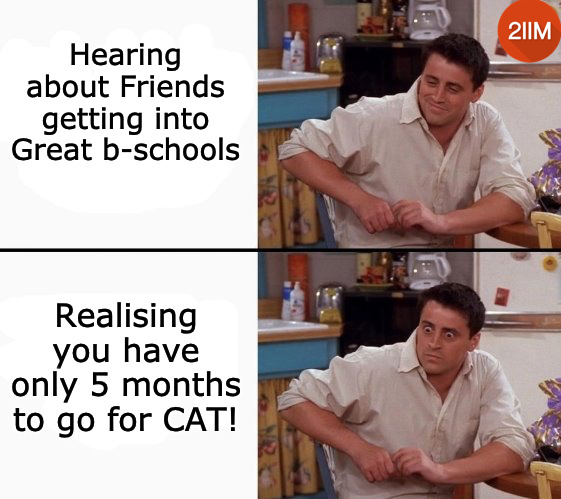CLAT English Language
CLAT English Language section tests candidates on two tenets – Language Mastery and Reading Comprehension. Language Mastery involves vocabulary and grammar. Vocabulary requires the candidates to have a good hold of words, in addition to word usage based on different contexts. Reading Comprehension requires that the candidate understand the overall theme of the passage, arguments and counter-arguments, agreements and disagreements, comparisons and contrasts, and more.
The following passages, each of which are around 450 words long, are derived from contemporary and historically significant fiction or non-fiction, including technical and scientific passages. Due diligence has been given to ensure the passages cover a wide range of topics. The passages have been chosen from a variety of sources, and are as close to the samples provided by the Consortium of NLUs. All the questions are pegged exactly at the level of difficulty of CLAT.
Are you ready to face the nuances of the language English is? Dive in and solve the following questions, available for free!
CLAT 2020 English Language: Telemedicine during COVID-19
The world has very few devices left to fight COVID-19 with, but technology remains one of
them. Whether it is employing the state-of-the-art technology in the discovery of cures or
vaccines, or traditional technology services to enhance health care and consultations, or even
tools that keep people at home occupied/productive, it is clear that technology will serve
humanity at one of its darkest moments. The pandemic has contributed, in no small measure,
to the understanding of the myriad ways in which available technologies have not been put to
better use, and presented people with multiple opportunities to harness these devices,
techniques and methods to get on with life in the time of lockdown. Among the primary uses
is telemedicine, rendered inexorable now, by the temporary paralysis brought on by a freeze
on movement. The Centre‘s recent guidelines allowing for widespread use of telemedicine
services came as a shot in the arm for telehealth crusaders in the country, among them the
Telemedicine Society of India that has long been battling to use the technology in its
complete arc to reach remote areas in India. This move finds consonance with the rest of the
world where several nations, also deeply impacted by the pandemic, have deployed
telemedicine to reach people who have been unable to come to hospital, to reduce footfalls in
hospitals, and to even provide medical and mental health counselling to countless people. It
was way back in 2000 that telemedicine was first employed in India, but the progress has
been excruciatingly slow, until the pandemic. However, it does seem as if the medical
community was only held back by the lack of legislation to enable tele consultations. For no
sooner was the policy announced, than hospitals and clinicians hurried to jump onto the
bandwagon, advertising contact information for patients. The advantages are peculiar in the
current context, when putting distance between people is paramount, as tele consultations are
not barred even when health care professionals and patients may have to be quarantined. The
advancement of telecommunication capabilities over the years has made the transmission of
images and sound files (heart and lung sounds, coughs) faster and simpler. Pilot telemedicine experiments in ophthalmology and psychiatry have proven to be of immense benefit to the
communities. Telemedicine‘s time is here, finally. While unleashing the full potential of
telemedicine to help people, experts and government agencies must be mindful of the
possible inadequacies of the medium, and securing sensitive medical information; such
cognisance should guide the use of the technology.
[From an Editorial published in „The Hindu‟ on April 17, 2020]
Telecommunication based medication has the potential for an easy outreach because:
- Pilot experiments in telemedicine have been proved to be successful.
- It helps in easier communication of medical images from one place to another.
- It helps in securing sensitive medical information.
- All of the above.
Explanatory Answer
“Pilot telemedicine experiments in ophthalmology and psychiatry have proven to be of immense benefit to the communities”. Also, telecommunication technology allows easy communication of medical images and information through long distance. Hence, as both (a) and (b) are clearly right, option (d) is the right choice.



CAT Coaching in Chennai
CAT 2021
Enroll at 49,000/-
44,000/-
Online Classroom Batches Starting Now!

